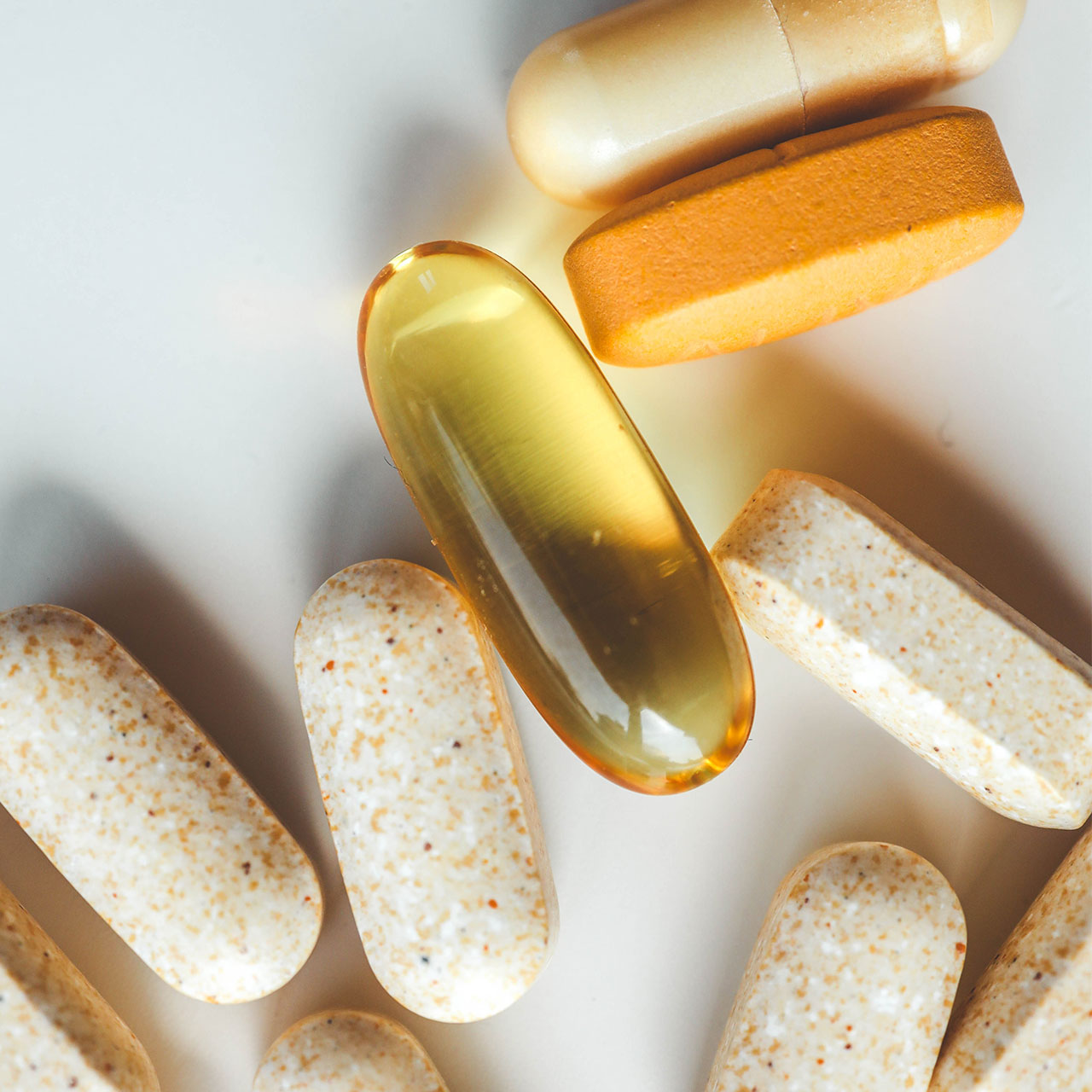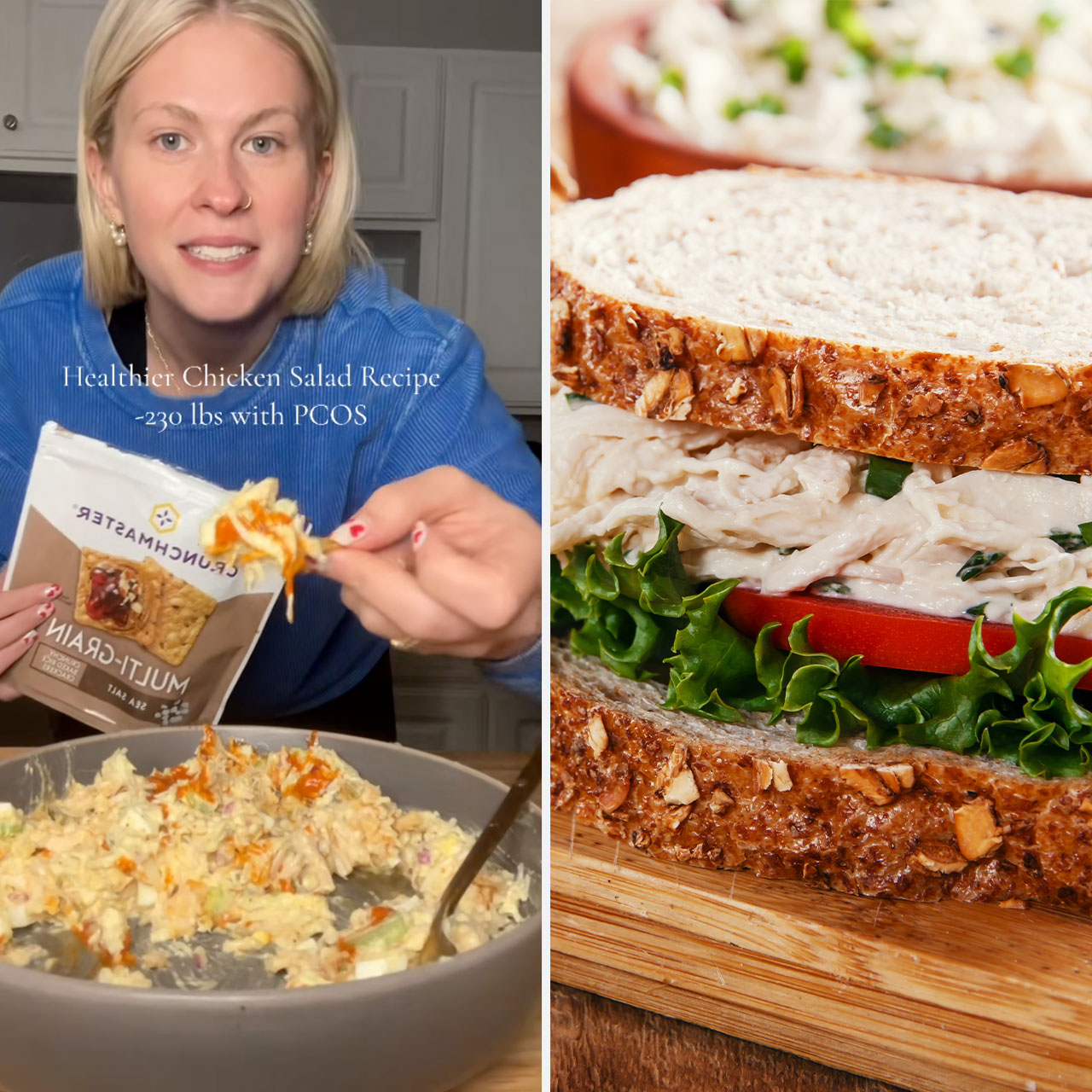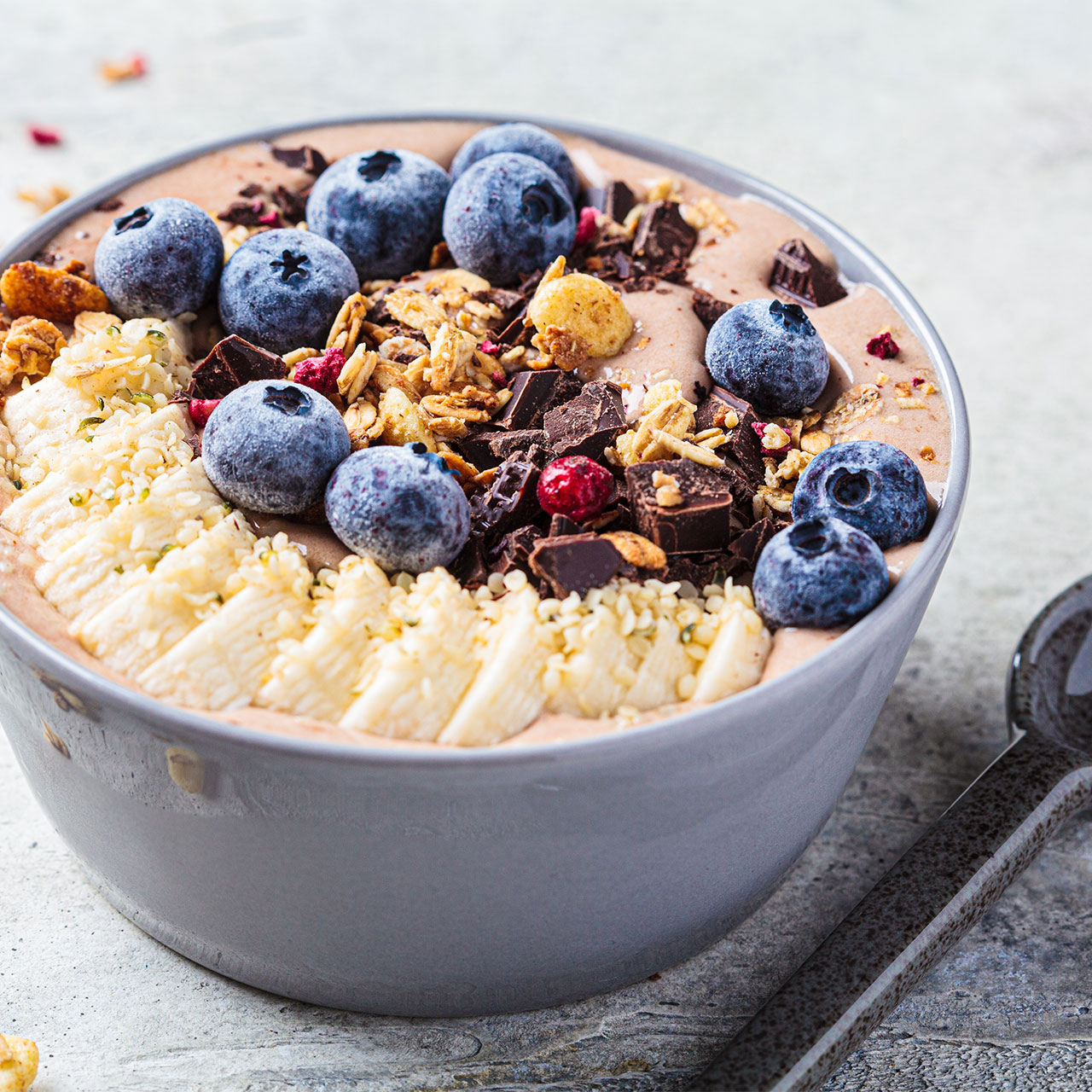This is an archived article and the information in the story may be outdated. Please check the time stamp on the story to see when it was updated last.
Cooking oils like Pam can be convenient (they coat surfaces quickly and evenly) as well as guilt-free (many contain few or no calories)–but are there downsides to using them that no is talking about?
If you’re cooking eggs or other dishes that are likely to stick to the pan, nothing is easier than grabbing a canister of cooking spray and giving it a few presses.
But what exactly are you introducing to your food from a chemical perspective? We dug deeper on the topic:
READ MORE: Here’s The Real Reason You Should Never Order A McDonald’s Breakfast Sandwich
To start, cooking spray is an oil in spray form; it contains oil as a lubricant, lecithin as an emulsifier, and a propellant such as food-grade alcohol, nitrous oxide, carbon dioxide or propane.
All you need is quick round of cooking spray on a pot or pan, and your stickiest foods are more likely to slide off easily and leave no mess behind. Sounds too good to be true, right?
READ MORE: The One Seasoning You Should Throw Away ASAP Because It Slowly Destroys Your Metabolism


The problem with cooking sprays is that they contain a few potentially problematic ingredients, or additives, that aid the application process.
Dimethyl silicone is an anti-foaming agent that is an ingredient in some cooking sprays that is also an ingredient in paint and cosmetics. Soy lecithin is a waste product produced by the refining of soybean oil that serves to emulsify cooking oil. It likely contains pesticides and solvents.
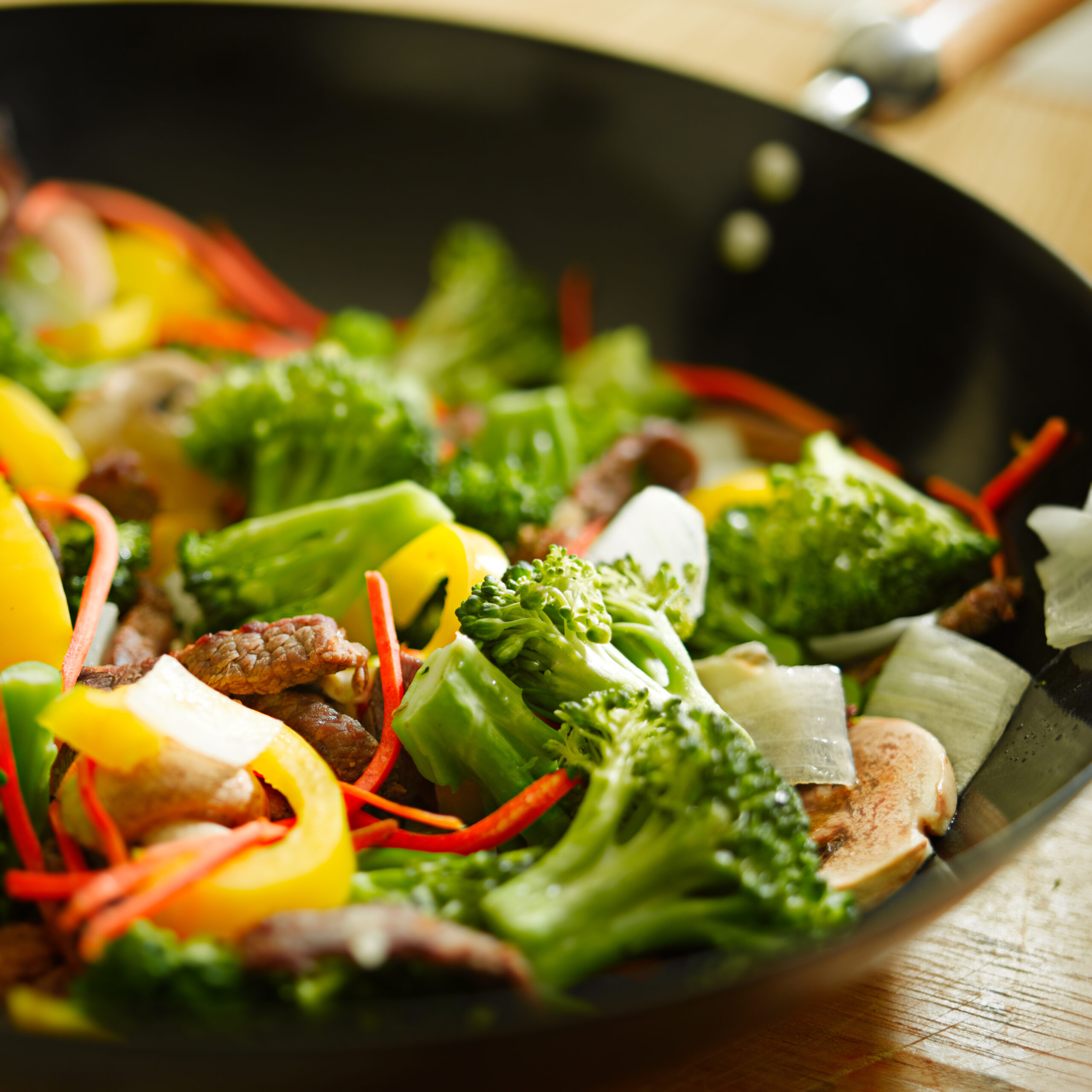
The problem with cooking sprays is that they contain a few potentially problematic ingredients, or additives, that aid the application process.
Dimethyl silicone is an anti-foaming agent that is an ingredient in some cooking sprays that is also an ingredient in paint and cosmetics. Soy lecithin is a waste product produced by the refining of soybean oil that serves to emulsify cooking oil. It likely contains pesticides and solvents.

READ MORE: The Worst Cooking Oils For Weight Loss, According To A Nutrition Expert
Propellants are the chemicals used to drive the fluid out of the can. Nitrous oxide, carbon dioxide, propane, n-butane and isobutane are all commonly-used aerosol propellants.
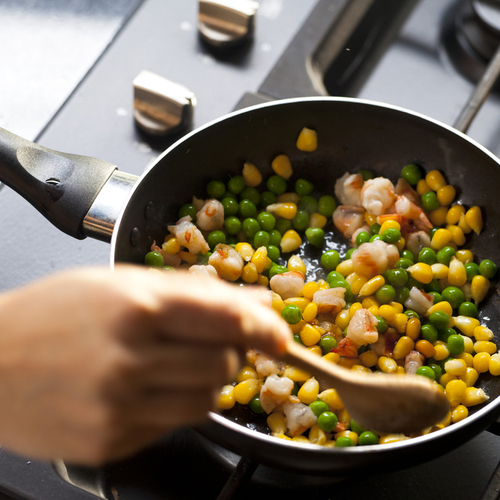
Lastly, Genetically Modified Organisms (GMO’s) are common ingredients in cooking spray. Ingredients from in GMO might be linked to digestive disorders, obesity, autism, Alzheimer’s disease, depression, Parkinson’s disease, liver diseases, and cancer. Yikes!
Luckily, there are cooking sprays such as Chosen Foods that are made with only one ingredient, 100% pure oil. So don't forget to check your labels and shop smart!



